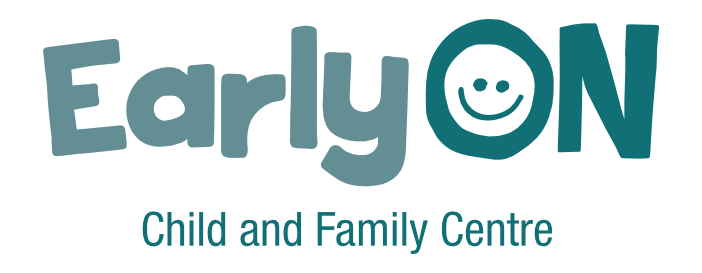
Humpty Dumpty sitting on a wall
Nursery Rhymes Help Grow Readers
Nursery rhymes such as “Jack and Jill” or “Ring Around the Rosie” used to be the “bread and butter” of children’s literature a century ago. These traditional rhymes have been tucked away in a dusty corner and forgotten for the most part in favour of baby sharks.
Nursery rhymes are important to sing with your child though, as they help pave the way for language development and reading. They can also support brain development, fine and gross motor development, early math skills and social/emotional development.
Mem Fox, a reading specialist, states in her book Reading Magic that “if children know eight nursery rhymes by heart by the time they’re four years old, they’re usually among the best readers by the time they’re eight.”(Mem Fox, Reading Magic, 2001.)
How Nursery Rhymes Help to Grow Readers
• The repetition of a nursery rhyme is good for brain development, as rhymes teach how language works, build memory and story recall.
• Children are introduced to imaginative imagery through rhymes. They hear the rhymes and can act out what they imagine the characters are doing. This is an important skill to develop before they tackle reading.
• Nursery rhymes are full of non-conversational words which help build their vocabulary (like “lane” in Baa Baa Black Sheep or “fetch” in Jack and Jill).
• When children hear nursery rhymes they hear the sounds that vowels and consonants make. They learn how to put these sounds together to make words.
• Children can practice pitch, volume, enunciation and voice inflection as they repeat rhymes.
• Listening comprehension comes before reading comprehension and singing nursery rhymes are a great way to support this skill.
• Nursery rhymes tell a story with a beginning, a middle and an end. This teaches children that events happen in sequence. They begin to learn how to understand stories and follow along.
• The rhyme and rhythm in nursery rhymes help children hear the sounds and syllable in words. Understanding sounds and syllables will help children once they begin to read.
• Cuddling with your child, looking at the pictures in a book of nursery rhymes, pointing out the words on the page and listening to the rhythmic patterns will help strengthen your child’s love of reading.
Try out these ideas to extend the fun next time you sing some nursery rhymes.
• Use props (such as plastic spiders, sheep stuffy) while singing the rhymes.
• Put candles in candlestick holders for your child to jump over while singing “Jack Be Nimble”. Ask them to stand in front, behind, beside the candlestick before jumping.
• Grab a large bowl and three sand pails to use as small, medium and large “Jack and Jill” buckets. See how many buckets it takes of each size to fill up the large bowl. Remember to also grab some towels!
• Use a small teapot as you sing “I’m a Little Teapot”. Show the child where the spout is and where the handle is on the teapot then have them create a spout with one arm crooked and the other arm on their waist as a handle. Show them how to “tip” to one side, lifting one leg off the floor to practice balancing on one foot
• After singing “Mary Had a Little Lamb”, gather five paper lunch bags and some cotton balls or pompoms (this will be the lambs’ wool). Print on each bag a number from 1 to 5. Demonstrate how to count the “wool” to put into each bag, then invite your child to try.
Nursery rhymes are a powerful learning source in early literacy and help children become interested in the rhythm and patterns of language. Sing nursery rhymes to your baby to soothe and comfort them. Sing rhymes as part of their bath, diapering or feeding routine and to help build the bond between parent and child. As your child grows, familiar rhymes can be used to engage your child as you wait for appointments, grocery shopping or while driving in the car. When cuddling and reading a nursery rhyme book, you are helping your child become familiar with text and demonstrating a love for reading. You can also help them connect the rhymes to the world around them and further their learning. So next time you are at the library or a bookstore, look for some nursery rhyme books and grow a reader!
